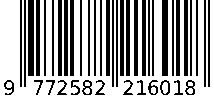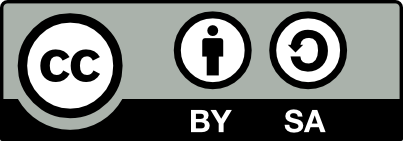
International Journal For Multidisciplinary Research
E-ISSN: 2582-2160
•
Impact Factor: 9.24
A Widely Indexed Open Access Peer Reviewed Multidisciplinary Bi-monthly Scholarly International Journal
Home
Research Paper
Submit Research Paper
Publication Guidelines
Publication Charges
Upload Documents
Track Status / Pay Fees / Download Publication Certi.
Editors & Reviewers
View All
Join as a Reviewer
Get Membership Certificate
Current Issue
Publication Archive
Conference
Publishing Conf. with IJFMR
Upcoming Conference(s) ↓
WSMCDD-2025
GSMCDD-2025
AIMAR-2025
Conferences Published ↓
ICCE (2025)
RBS:RH-COVID-19 (2023)
ICMRS'23
PIPRDA-2023
Contact Us
Plagiarism is checked by the leading plagiarism checker
Call for Paper
Volume 7 Issue 4
July-August 2025
Indexing Partners



















A Case Study of Ayurvedic Treatment of Vitiligo (Shwitra) in Child
| Author(s) | Akhand Singh Baghel, Yogesh Wane, Prakash Joshi, Shweta ojha |
|---|---|
| Country | India |
| Abstract | The skin is the largest and most visible organ of the human body, playing a vital role in overall health. Any anomalies in the skin can create both physical and psychological problems for an individual, primarily due to cosmetic concerns. Unfortunately, in some societies, particularly those with limited knowledge, certain skin conditions like leucoderma are mistakenly considered infectious, making it extremely challenging for affected individuals to integrate into society. In Ayurvedic classics, Shwitra is recognized as a type of Kushtha, a skin disorder caused by the vitiation of the three Doshas (Tridosha) and the imbalance of tissues like blood (Rakta), muscle (Mamsa), and fat (Meda). Shwitra can be correlated with Vitiligo or leucoderma, characterized by white patches on the skin resulting from partial or complete loss of skin pigmentation, leading to cosmetic imbalance. Vitiligo is an autoimmune disease that may be associated with other autoimmune conditions, such as pernicious anaemia, Addison's disease, and diabetes mellitus. This disease results in the destruction of melanocytes, causing depigmentation. A 13-year-old male patient presented with a white patch on his right thigh, which he had been experiencing for two years. He underwent Shaman Chikitsa treatment for four months, and the results were assessed based on changes in the size of the patch and photographic evidence. Before initiating the study, informed written consent was secured from the patient's legal guardian, ensuring compliance with ethical standards and regulatory requirements. Follow-up assessments were conducted at one-month intervals, and after three months, significant improvement was observed in the patch's size and color. This study highlights a novel perspective on treating Shwitra Kushtha, offering a cost-effective and safe treatment approach. Furthermore, this research demonstrates a new dimension in treating Shwitra in young patients and provides a foundation for conducting statistically significant studies in the future |
| Keywords | SHWITRA, VITILIGO, BAKUCHI, KSHUDRA KUSHTHA, MELANOCYTES, HYPO-PIGMENTATION |
| Field | Medical / Pharmacy |
| Published In | Volume 7, Issue 1, January-February 2025 |
| Published On | 2025-01-07 |
| DOI | https://doi.org/10.36948/ijfmr.2025.v07i01.34787 |
| Short DOI | https://doi.org/g82gxk |
Share this

E-ISSN 2582-2160
CrossRef DOI is assigned to each research paper published in our journal.
IJFMR DOI prefix is
10.36948/ijfmr
Downloads
All research papers published on this website are licensed under Creative Commons Attribution-ShareAlike 4.0 International License, and all rights belong to their respective authors/researchers.

